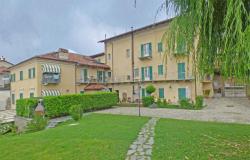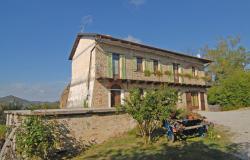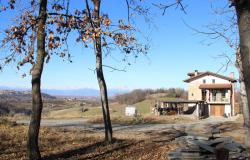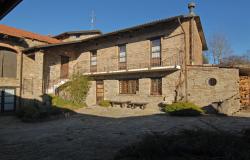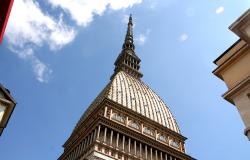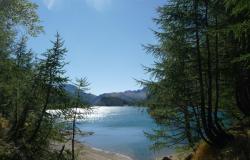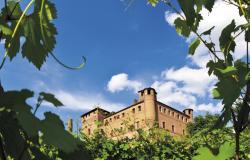One of the largest provinces in Italy, Cuneo may not be known to the masses, but its strategic position in south-western Piedmont makes the city and its surroundings an ideal base to explore some of Piedmont’s most beautiful mountain landscapes and picturesque historic villages, to discover the history, traditions, cuisine and natural beauty of this often overlooked area of Italy.
Start in Cuneo, a small town with a typical 19th-century Savoy layout and architecture, set in a grandiose alpine setting. Indeed, the province of Cuneo extends from the slopes of the Alps that mark the border between Italy and France, an ideal destination for outdoor lovers.
But before you head out to the mountains, pay a visit to Cuneo itself, which has been made more tourist-friendly in recent years. Piazza Galimberti is the heart of this town founded in 1198. Along its main street, via Roma, which was recently pedestrianized, are some of the city’s most important monuments; don’t miss the Neoclassical Cathedral of Nostra Signora del Bosco, the Church of San Sebastiano, the Palazzo della Torre and the ancient Civic Tower which overlooks the city center and is a great lookout point.
It’s a pleasure to be walking under the city’s eight kilometers of arcaded streets (porticos) and stop by some its bars, cafés and restaurants to start familiarizing with local specialties, one being the ‘cuneesi al rum’, delicious chocolates made with a meringue and rum filling, favored by Hemingway.

Beyond Cuneo, there’s a lot to discover.
North of Cuneo and only half an hour away is Saluzzo, a beautiful fortified citadel, dominated by the castle. Saluzzo was the capital of an ancient marquisate that maintained its independence for about three centuries. It has a wonderful historic center, with well preserved buildings from the Middle Ages and the Renaissance, including the late Gothic Cathedral.
About 30 kilometers south-east of Cuneo is Pamparato, a pleasant village of less than 300 inhabitants, with some worthy monuments like a high altar in polychrome marble preserved in the parish of San Biagio and the chapel of San Bernardo located just outside town. For a sweet break, try the local specialty, ‘pasta di melina’ cookies, typical shortbread biscuits from Piedmont,
made with wheat flour, ancient Piedmontese corn flour, butter, sugar, honey, eggs and lemon zest.
The rolling hills of the Unesco-inscribed Langhe, dotted with vineyards and delightful borghi, are about an hour’s drive away from Cuneo. Alba, considered the capital of the Langhe, where such iconic wines as Barolo and Barbaresco are made, is also famous for its white truffle, celebrated with a two-month-long international fair held in the fall. Not to miss are the Cathedral of San Lorenzo, the Palazzo Comunale, and the medieval towers (Alba once had numerous towers for defensive purposes).
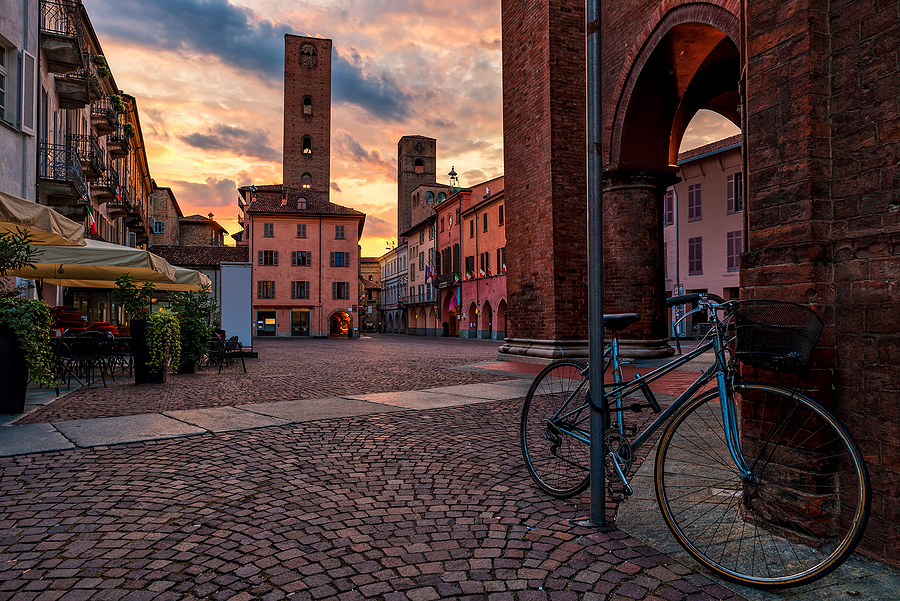
The two experiences you don’t want to miss around here are a wine-tasting tour at a local cantina and truffle hunting. For Barolo wine tasting, head to Monforte d’Alba, where you can book a tour and tasting at one of the many wineries.
Bra, located in the Roero hills, declared a Unesco site along with Langhe and Monferrato, is the symbol of Piedmontese Baroque and of gastronomic excellence; it it also the birthplace of the Slow Food movement. Indeed, in nearby Pollenzo is the world's first University of Gastronomic Sciences, and, every two years, Bra hosts Cheese, an international festival organized by Slow Food which features artisanal cheese makers from around the world.
Returning from the Langhe, you may want to stop in the hilltop medieval village of Mondovì, in a panoramic position looking towards the Alps to the west, towards the Langhe to the east and towards the Turin plain to the north. Visit the district known as Piazza, the historic heart of Mondovì, which you can reach via funicular from the lower part of town; here, stop by the Baroque Church of the Mission, the Cathedral of San Donato, and the Belvedere, for its sweeping view over the surrounding valleys and mountains.
Also of interest in the province of Cuneo are the Savoy residences. The Racconigi Castle, located in the town of Racconigi, was the official residence of the Carignano line of the House of Savoy and is one of the Residences of the Royal House of Savoy included by Unesco in its World Heritage list. Its original fortified structure dates back to the 11th century and was modified over the centuries. The current aspect dates back to 1870 and includes a beautiful landscape park. Today the Castle houses a museum.
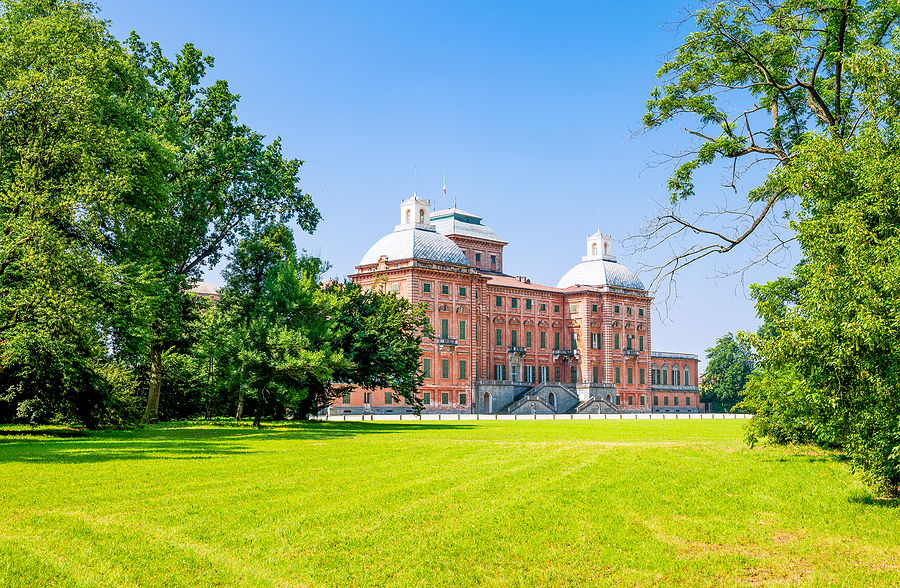
Other Savoy residences worth seeing are the Castles of Govone, Pollenzo and Valcasotto.
Finally, if you love the outdoors and an active vacation, make sure you visit the mountains and parks that surround the province of Cuneo. The Parco del Monviso is only 40 minutes from Cuneo. The Monviso is the highest mountain of the Cottian Alps; from its slopes the River Po, Italy’s longest river, begins its course. Its pyramidal shape has become a symbol of the Cuneo area, looking majestic even from several kilometers away. This is a paradise for hiking lovers, who can choose from an array of trails in all the surrounding mountains.

